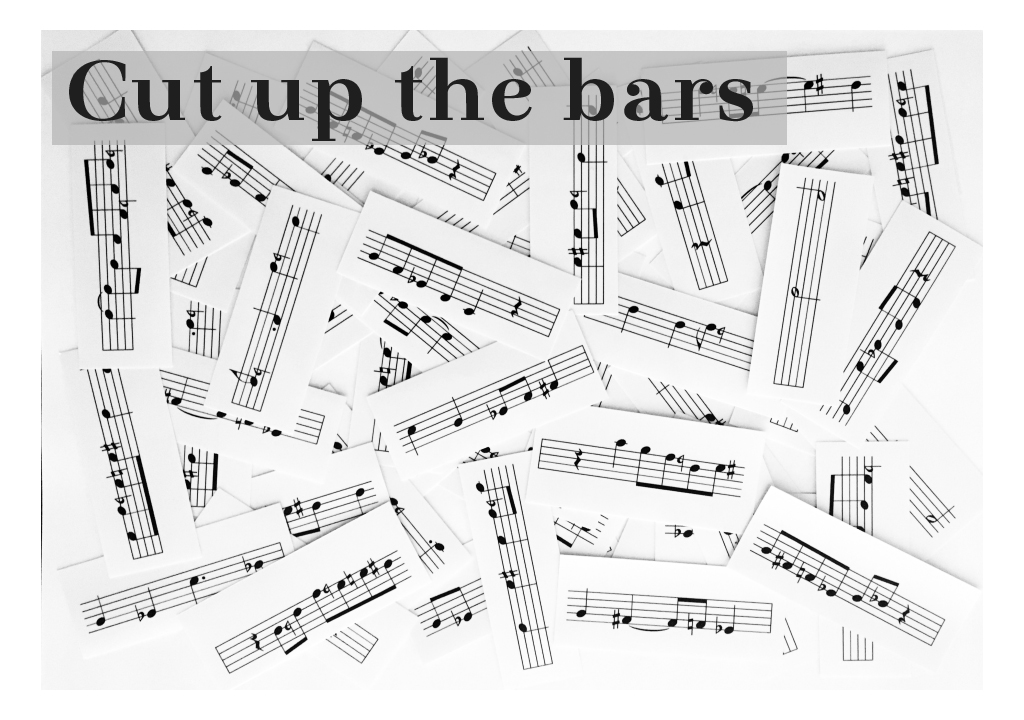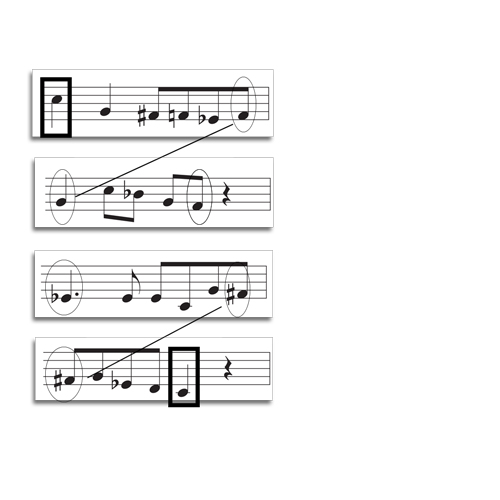When someone asks you to teach them jazz does your pulse quicken? Does the thought of improvisation make your palms clammy?

Creating and improvising can be heaps of fun and lead to exploration of many different parts of music including theory and analysis. Creativity extends a student’s skills at the piano by both reinforcing the things they have been learning and by adding flexibility, where a student must think for themselves rather than just constantly repeat to perfection. It also has the bonus of providing a valuable assessment of technical facility, skills and musical knowledge. But it is no fun for anyone if you feel anxious at the thought of teaching it to your students!
Ask most jazz musicians and they’ll say, “Practice your chords and your licks and you’ll just be able to do it.” Not your experience? Me neither! There is also no angel descending to sprinkle magic dust and make all your dreams a reality. So let’s discuss some easy strategies to add a new dimension to your teaching of beginner jazz improvisation.
Domino Jazz
This basic strategy works well with children of Preliminary or Grade 1 standard and offers a starting point for further exploration into the jazz/blues genre.

- Start with a C Blues scale (above) – The C blues scale is C, Eb, F, F#, G, Bb, C. 3 white notes, 3 black notes in the pattern white, black, white, black, etc. Some teachers like chromatic scale fingers, while others prefer 1-2-3-4-1-2-3-4-1-2-3-4-5 over two octaves (reversed for LH).
- Download the handout to print for your students here. There is also a variable speed backing track for students to play along with! Playing along with an accompaniment is an important and FUN step!
- Domino Jazz – Also download the Domino Jazz PDF, then print it out and cut up the bars of music.

a) Choose a bar starting on C for the first bar. The next bar’s first note must be within 1 note of the last note of the first bar, ie. if the bar finishes on F, then the next bar can start on Eb, E, F, F#, G or G#. Repeat this process until you get to bar 4.
b) Bar 4 needs to follow the same rule to start the bar and the last note must be a C. (This is a great note identification exercise!) (figure below)
c) Next explore the simple rhythm patterns that are used.
 Ask the student to clap the rhythm with ‘straight 8s’, i.e., as written, and then with a swing or ‘swung 8s’. I always encourage my student to vocalise this as well, as this helps with inner hearing and solidifying rhythmic structure. Orff-Schulwerk or Kodaly approaches with ‘taa’ (crotchet) and ‘ti-ti’ (quavers) are often much more effective with students than 1 & 2 & 3 &, etc. When you swing, try ‘daa-du’ for a swung crotchet-quaver.
Ask the student to clap the rhythm with ‘straight 8s’, i.e., as written, and then with a swing or ‘swung 8s’. I always encourage my student to vocalise this as well, as this helps with inner hearing and solidifying rhythmic structure. Orff-Schulwerk or Kodaly approaches with ‘taa’ (crotchet) and ‘ti-ti’ (quavers) are often much more effective with students than 1 & 2 & 3 &, etc. When you swing, try ‘daa-du’ for a swung crotchet-quaver.
d) Play the 4 bars:
Students who have practised the C Blues scale should find the notes will fall under the fingers with relative ease. Once the student has played through the 4 bar phrase, ask them if they like what it sounds like. Not every combination works, but this is the start of developing a discerning ear. If there are notes that they think don’t ‘sound good’, ask them to choose another bar.
- Once the bars are chosen, duet with your student by asking them to play the melody while you play a descending bass line (see next page).
- For the finale, ask the student to play the bass line along with the 4 bars. As an added challenge, your student could develop the bass line by playing in octaves, low then high, in crotchets to simulate a bass guitar sound.
Education
From an educational perspective, in this exercise alone you have covered:
- Sight-reading
- Rhythm reading
- Playing a bass line along with a melody
- Auditory discernment, i.e., what you think sounds good.
Now the fun starts! From this initial example, you could create numerous pathways for learning:
A Theory Pathway
From a purely theoretical perspective you could ask the student to write out the melody with the bass line. Expand by introducing a notation program like Finale or Sibelius, and then transposing the music and learning to play in a different key. Integrating theory into your lesson through these sorts of creative activities brings understanding of concepts as well as theory basics. Utilise the above theory suggestions to any of the following ideas for improvisation.
Improvisation
- Play the melody with the descending bass line starting on C ,then play it with a bass line starting on F (F, Eb, Db, C) before going back to C. Identify Ternary Form.
- Then try descending from C, F, C, G, C (rondo form). Ask the students if they think any notes need to be changed.
- Once you have experimented with the initial 4 bars, try changing a bar. Replace notes from the bar with your choice of notes from the blues scale. Initially its often easier to start with the same rhythm. Then you can progress to changing rhythms as well. For less experienced students, substitute just one or two notes initially.
- Experiment with changing more rhythms and bars. Let your ear be the guide. If it doesn’t sound ‘good’, it probably isn’t ‘good’. Utilise technology to record the piece.
Extension Exercises
Bring a couple of students together to play their examples. Learn each other’s piece, and experiment to create a whole song using each student’s 4 bar phrase. You can then transpose into other keys. Transposition is a great skill for pianists and activities like this assist students to understand the process more effectively, as these 4 bar phrases are not diatonic (i.e., there are black notes to deal with!).
Give it a try with your students; you might be surprised by how easy it is to get started and how much your students can accomplish with beginner jazz improvisation!
